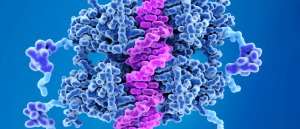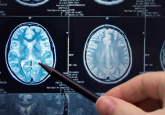Leaving fingerprints on protein–protein interaction research

Researchers use machine learning to assign ‘fingerprints’ to proteins based on their surface affinity alone, predicting which proteins would interact based on these molecular fingerprints.
A study led by researchers at the Swiss Institute of Bioinformatics (Lausanne, Switzerland) has used computational tools to predict which proteins are most likely to interact based solely on their surface affinities, focusing on their surfaces’ geometric and chemical patterns. The team ignored other features, such as total structure and function.
The affinity characteristics of protein interactions have previously been elusive due to proteins’ wavering stability and pH sensitivity. By using machine learning, the team was able to identify complementary proteins’ molecular surfaces quickly and effectively.
 Deep learning improves de novo protein-binder design
Deep learning improves de novo protein-binder design
Using deep learning to enhance physical models for protein-binder design increases the target binding success rate.
Within this study, numerous de novo protein binders were computationally designed to interact with SARS-CoV-2 spike, PD-1, PD-L1 and CTLA-4. Following the computationally derived prediction as to which protein binders would successfully interact with these protein targets, some of the designs were moved into experimental stages. However, many others remained in the digital sphere.
The team found that their geometric deep-learning framework for predicting affinity between target proteins and their de novo binders was highly accurate.
The computational tool has the potential to further our understanding of protein–protein interactions in health and disease states as well as “open possibilities in other important biotechnological fields such as drug design, biosensing or biomaterials in addition to providing a means to study interaction networks in biological processes at the systems levels.”





